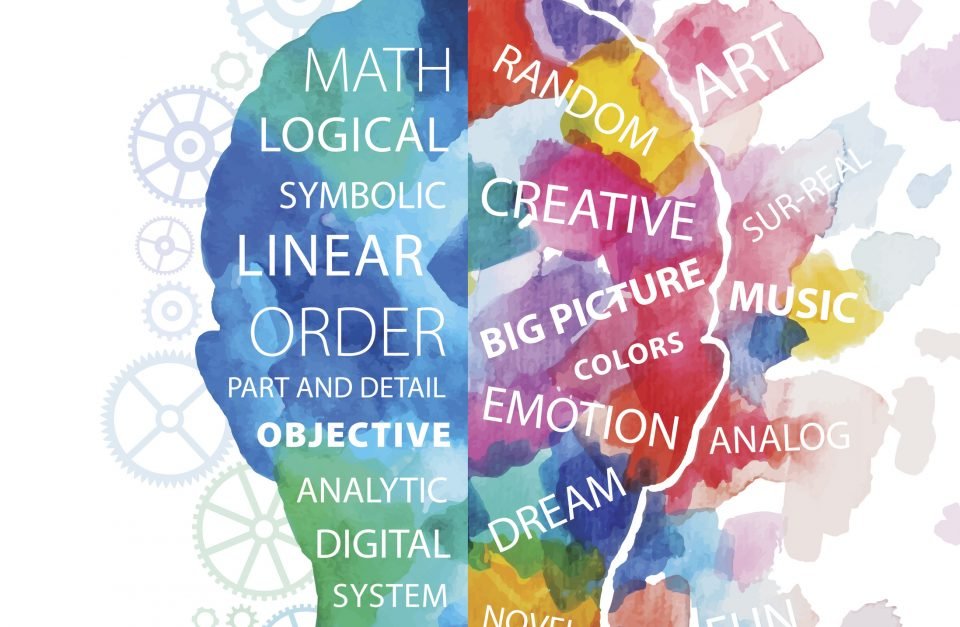
<!DOCTYPE html PUBLIC "-//W3C//DTD HTML 4.0 Transitional//EN" "http://www.w3.org/TR/REC-html40/loose.dtd“>
Our teenagers may appear mature, but their brains are still maturing and they don’t always make wise choices. How can we protect them as parents?
By Alicia Wanek
“Every parent fundamentally believes their responsibility is to keep their children safe,” states Vanita Halliburton, President and co-founder of the Grant Halliburton Foundation. When kids are younger, this means safeguarding them from dangers like electric sockets or playground injuries. However, as they transition into their teenage years and start making independent choices, this task becomes significantly more complex. Teenagers may seem fully developed on the outside, but their bodies, particularly their brains, are not quite ready for adulthood.
The prefrontal cortex of the brain undergoes significant growth and development during puberty, second only to the initial two months of life. If you’ve ever found yourself wondering, “What were they thinking?” regarding your teenagers, they might have a valid reason. The prefrontal cortex governs judgment, reasoning, decision-making, and risk-taking. Do these sound like areas where teens often struggle?
Sometimes these struggles result in dangerous choices. Teenagers face a genuine risk of becoming involved in unhealthy relationships (whether in-person or online), engaging in substance use, or self-harming behaviors. Often, these actions serve as coping mechanisms for stress. Today’s teenagers experience a multitude of stressors, from academic pressures, peer influences, and social media, to simply having too many commitments. These everyday challenges can be compounded by family financial strain, breakups, body changes, illness, the death of a loved one, or divorce, intensifying their stress. Concerns about their mental health may also arise. Parents must remain vigilant for any alterations in their child’s behavior. Vanita emphasizes, “What appears on the surface isn’t necessarily what’s happening internally. Behaviors are key indicators of a child’s emotional well-being.”
Vanita urges parents to remember: “Stress is manageable. Depression is treatable. Suicide is preventable.” There are warning signs for many struggles teens face today. Trust your instincts as a parent if you sense something is amiss, engage in conversations with your teen, and seek professional assistance when needed. In the meantime, allow your teens some leeway – after all, their brains are still developing.
Signs of Depression
Teenagers often display irritability and anger when they’re depressed, making it tricky to differentiate normal teenage mood swings from mental health symptoms. Here are additional signs to watch for:
• Lack of concentration
• Fatigue and low energy
• Disinterest in activities
• Excessive crying, especially if random or unwarranted
• Changes in habits
• Withdrawal from friends and family
• Agitation/restlessness – may quarrel over seemingly small matters
Source: Charisse Ferrer, M Ed, LPCI of the Eddins Counseling Group in Houston, TX
Warning Signs of Suicidal Thinking
• A sense of hopelessness about the future
• Profound changes in behavior or personality
• Uncharacteristic impulsiveness, recklessness, or risk-taking
• Preoccupation with death, dying, or suicide through writing, discussing, or artistic expressions
• Loss of interest in personal appearance
• Withdrawal from friends, family, and social interactions
• Severe anxiety or agitation; difficulty sleeping or oversleeping
• Giving away cherished possessions
Warning Signs that Your Child May be a Victim of Cyberbullying or Online Coercive Relationships
• They appear upset, sad, or angry during or after using the Internet or their cell phone.
• They withdraw from family and friends
• They show reluctance or refusal to engage in previously enjoyed activities
• They increasingly report physical ailments to avoid going to school
• They exhibit signs of depression or sadness
In situations of online trafficking (see related story on page 12), victims may seek help or guidance for seemingly unrelated issues. Events, details, symptoms, and information may not connect or may conceal other concerns.
Source: Anti-Defamation League and The Department of Commerce
Warning Signs A Girl May Be in a Dangerous Relationship (Many apply to boys as well.)
• She had more friends before her relationship than she does now.
• She often cries or seems very sad.
• If he calls or texts her, she feels she must reply immediately.
• He expressed love for her early in their relationship.
• He exhibits jealousy when she interacts casually with other boys.
• He accuses her of behaviors she isn’t engaged in.
• He shows aggression in other aspects of his life, such as putting his fist through walls or throwing objects when angry.
• He often engages in roughhousing or play-wrestling with her.
• She makes excuses for his poor behavior or claims it’s her fault.
• He frequently calls and texts her multiple times an hour, especially between midnight and 5 a.m.
• He describes having a “tragic” home life, where he suffers abuse or faces substance abuse issues from one or both parents.
• He uses drugs or alcohol.
• He often provides “advice” about her friends, style, clothing, or makeup choices.
• He calls her derogatory names and then claims he was joking or that she is too sensitive.
• She has become secretive since starting the relationship.
• She has recently displayed increased criticism of her appearance, skills, or abilities.
• She feels the need to frequently justify herself to her boyfriend or often apologizes.
• She has unexplained bruises or seems anxious about explaining them.






